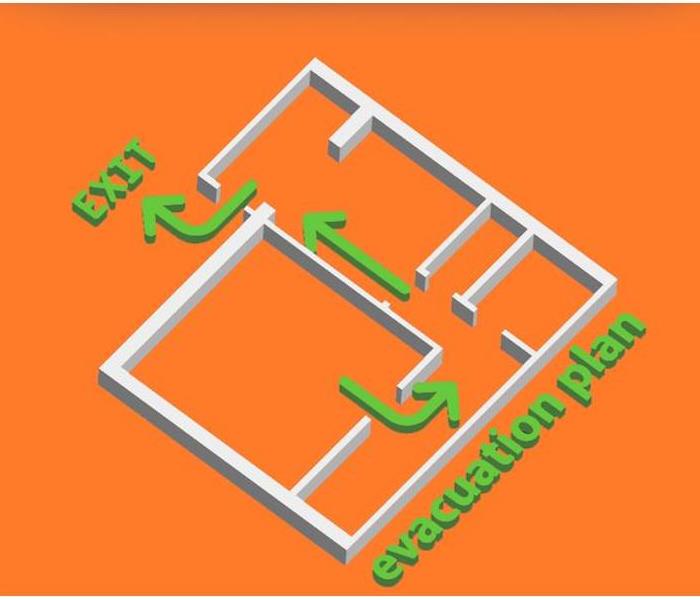3 Helpful Tips When Creating Business Evacuation Drills
4/13/2022 (Permalink)
 A fire drill or evacuation plan is as essential to your Seattle, WA business as insurance or an emergency restoration service at hand.
A fire drill or evacuation plan is as essential to your Seattle, WA business as insurance or an emergency restoration service at hand.
Three Points to Consider When Planning Business Evacuation Drills
A fire drill or evacuation plan is as essential to your Seattle, WA business as insurance or an emergency restoration service at hand. It helps your employees make decisions that protect them. It is also a multilayered operation that must consider multiple factors and the perspectives of everyone in the work team. These tips can help you create a thoughtful and successful plan.
1. Consider Multiple Perspectives
Since your team works in different parts of your establishment, they will all have varying experiences when performing a drill. Some employees might have an easier time escaping via a specific route than others. Include representatives from each department to agree on a drill plan that benefits everyone. Additionally, employees with special needs might need additional assistance when evacuating, such as breathing equipment, wheelchair-accessible exits, and designated helpers. Ensure these resources are available to anyone who needs them.
2. Establish Clear Communication
Staff and clients need to act fast during a dangerous situation, so it is important to communicate fire drill directions clearly. The best way to direct evacuees towards safe locations is by placing signage that points towards the correct path and the eventual exit, in addition to alternatives if the main exit is blocked. Communicate these routes and practice them with the workers until they memorize them. Teach your employees other useful skills such as guiding others during evacuation, using a fire extinguisher, and reporting an incident.
3. Pace the Frequency of the Drills
Evacuation practices are meant to prepare your team against any emergency. While you might want to practice often, this decision can actually backfire. Excessively frequent drills can cause your workers to become complacent or bored. Also, you need time to identify potential areas of improvement and implement changes. Arrange for a healthy mix of announced and surprise drills.
Organizing a fire drill or any other evacuation preparation can be overwhelmingly complex, but it is necessary to keep your staff safe. Practices such as these can help you plan more effectively.





 24/7 Emergency Service
24/7 Emergency Service